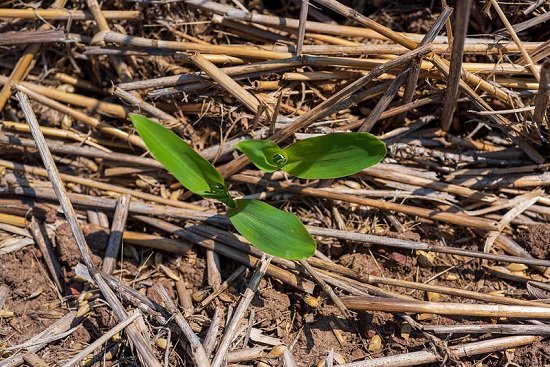Viability thresholds

What you have read so far should have convinced you that the time a seed lot has spent in storage is important to whether the seeds are likely to germinate. You have seen how viability tails off, and that it can do so quite quickly after an initial, relatively stable period. This loss of viability is most clearly visible after germination drops below 85%, as shown in Figure 6.
Conveniently, the Genebank Standards suggest that you should test for viability every one third of the time predicted for viability to fall to 85%, depending on the species. This gives you the best chance to regenerate efficiently, to ensure that the seeds you send out to your users will germinate, and to ensure that none of the diverse genotypes you are hoping to conserve are lost.
If the viability threshold were much higher than 85%, genebanks would need to expend more effort in constantly regenerating their stock. If the viability threshold were lower, users, who may not be sowing under the optimal conditions that genebanks can achieve, may receive seeds they cannot grow. The length of time seeds have spent in storage is therefore a good place to start when deciding when to regenerate. However, the time spent in storage is not the only factor you need to consider: there are other things that also affect seed longevity.
Calculating p50
